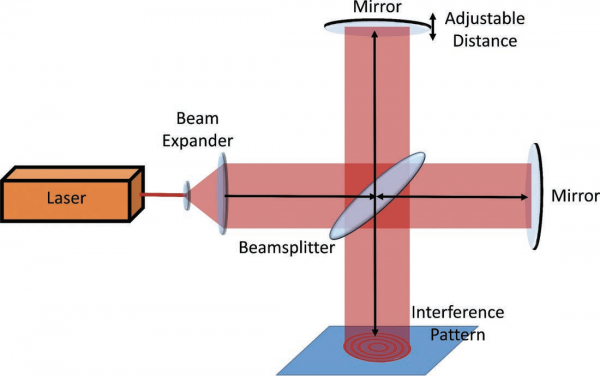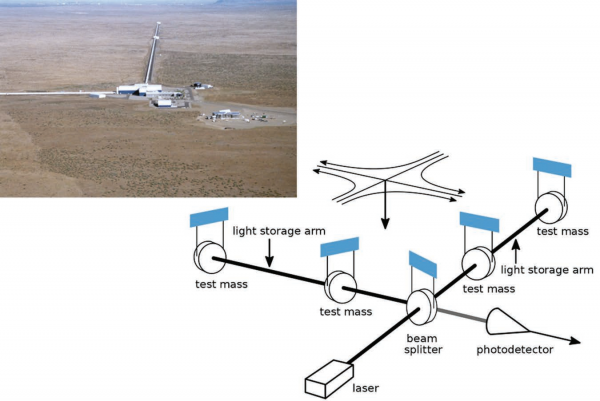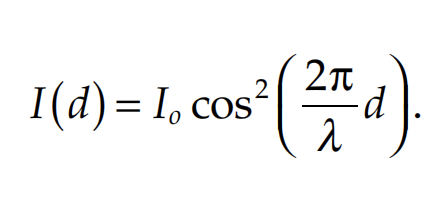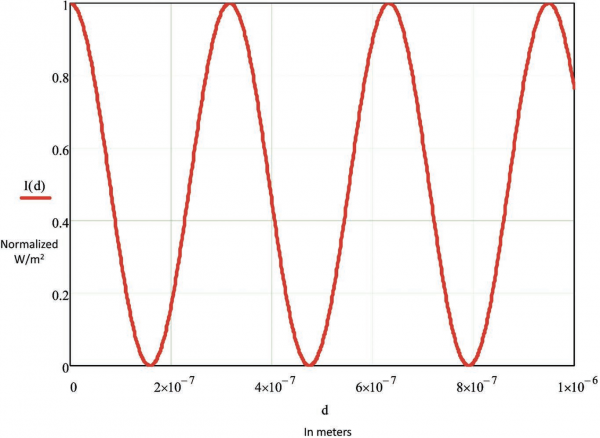How laser used for precision measurement?
Due to the small wavelengths of laser beams, they are very useful for making precise measurements. One of the useful tools for precise measurements is the laser interferometer. There are many types of laser interferometers and specific configurations are suited for different applications.
The Michelson interferometer (shown in Figure below) is one of the most widely used in laboratories and experiments throughout history and presently.

This interferometer was invented in 1881 by Albert A. Michelson at the U.S. Naval Academy in Annapolis. Michelson used his experiment to make precise measurements of the speed of light in the classroom. At the time, Michelson used yellow light from a sodium flame, but in present days the light source is typically a narrow linewidth continuous wave laser.
As shown in Figure above there are two optical paths for the laser beam to travel. One path is fixed in distance and the other is adjustable. As the adjustable path distance is altered by even fractions of the laser wavelength the interference fringe pattern will change. Figure below shows the Laser Interferometer Gravitational-Wave Observatory or LIGO interferometer, which was designed to detect changes in path distance of 1/10,000th the width of a proton!

The Hanford Site is in Richland, Washington, in the United States and was designed to detect gravitational waves caused by very dense and large masses moving in the space.
The irradiance of the fringes as a function of the distance difference, d, between the two optical paths is found by

Figure below shows a graph of Equation above with the wavelength assumed to be a HeNe laser beam at 632.8nm. The graph shows that small distance differences of less than a micron will dramatically change the irradiance of the interference pattern. Thus, the laser interferometer is a tool that enables the laser scientist or engineer to make very precise measurements of very small distances or optical path changes.

